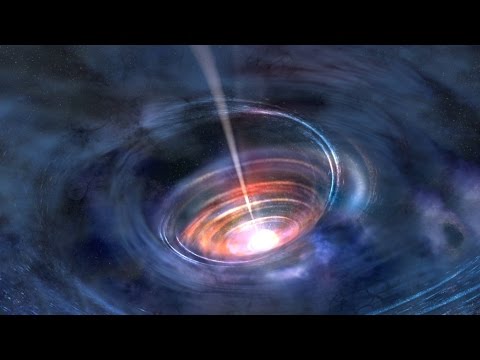Nebulae: The Hidden Secrets of the Universe Revealed
Nebulae have long been a source of fascination for astronomers and space enthusiasts alike. These beautiful, swirling clouds of gas and dust are some of the most stunning objects in the night sky. But beyond their beauty lies a world of hidden secrets that are slowly being uncovered by scientists.
Nebulae are often referred to as the “birthplaces of stars” because they are where new stars are born. These vast clouds of gas and dust are where gravity pulls together and compresses matter, eventually leading to the formation of stars. But nebulae are not just important for the creation of stars; they also play a crucial role in the evolution of galaxies.
One of the most famous nebulae is the Orion Nebula, located in the constellation of Orion. This nebula is a stellar nursery, containing a cluster of young stars that are still in the process of forming. The Orion Nebula is also home to a stunning array of colors, created by the different gases and elements present in the cloud.
Another well-known nebula is the Eagle Nebula, also known as the “Pillars of Creation.” This nebula is famous for its towering pillars of gas and dust, which are thought to be the sites of ongoing star formation. The Eagle Nebula is a prime example of the intricate and complex structures that can be found within nebulae.
But nebulae are not just beautiful; they also hold important clues about the history and evolution of the universe. By studying the composition and structure of nebulae, scientists can learn more about the processes that shape galaxies and stars. For example, the colors of a nebula can reveal the types of elements present and the temperatures of the gases, providing valuable insights into the conditions that existed when the nebula formed.
In recent years, advances in technology have allowed astronomers to study nebulae in greater detail than ever before. Instruments such as the Hubble Space Telescope have provided stunning images of nebulae, revealing their intricate structures and hidden secrets. Scientists are now able to use these images to study the properties of nebulae in unprecedented detail, shedding light on the processes that drive star formation and galaxy evolution.
As our understanding of nebulae continues to grow, so too does our appreciation of the beauty and complexity of the universe. These stunning clouds of gas and dust are not just pretty pictures in the night sky; they are windows into the past and future of the cosmos. By unlocking the hidden secrets of nebulae, scientists are uncovering new insights into the mysteries of the universe, one swirling cloud at a time.













